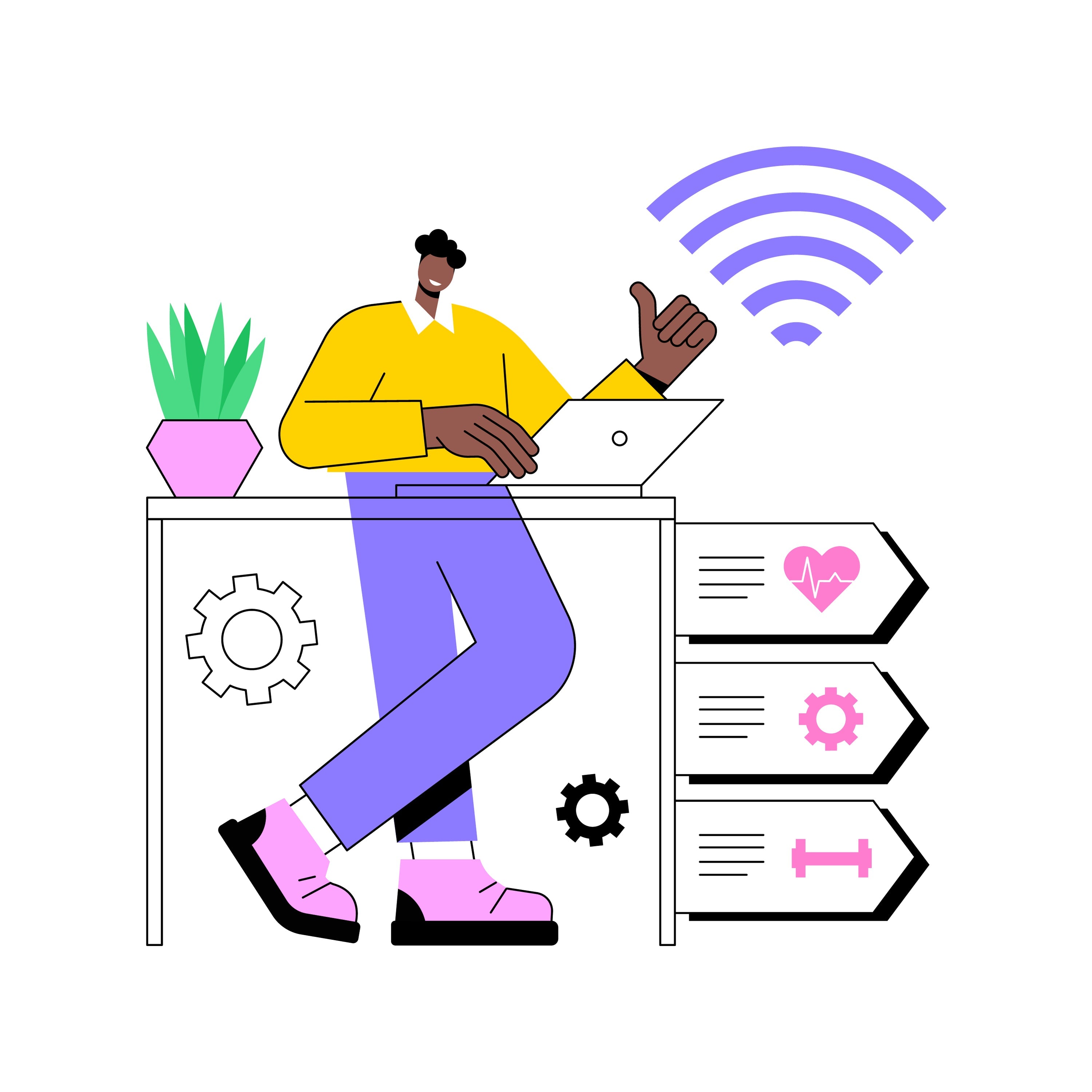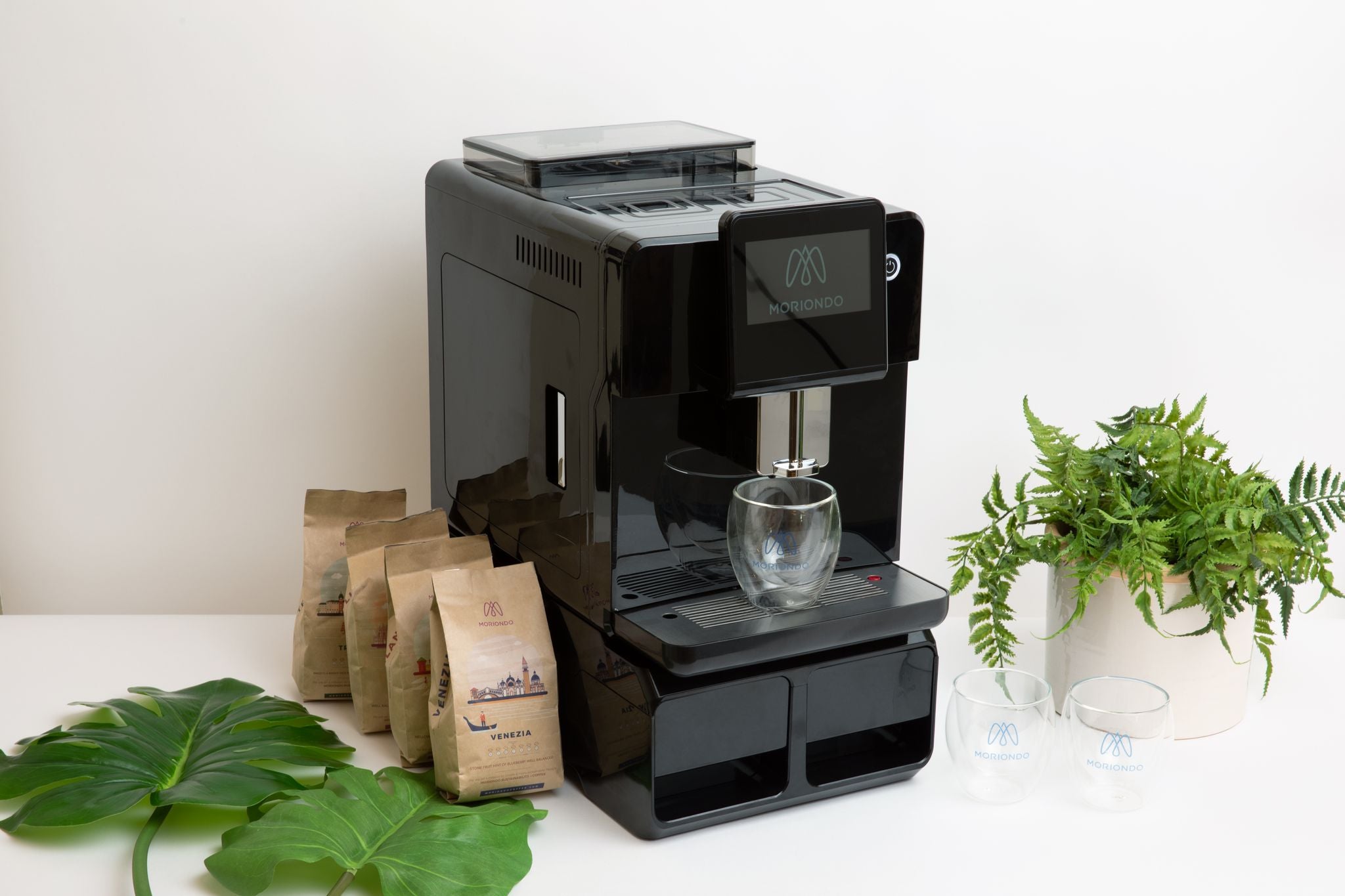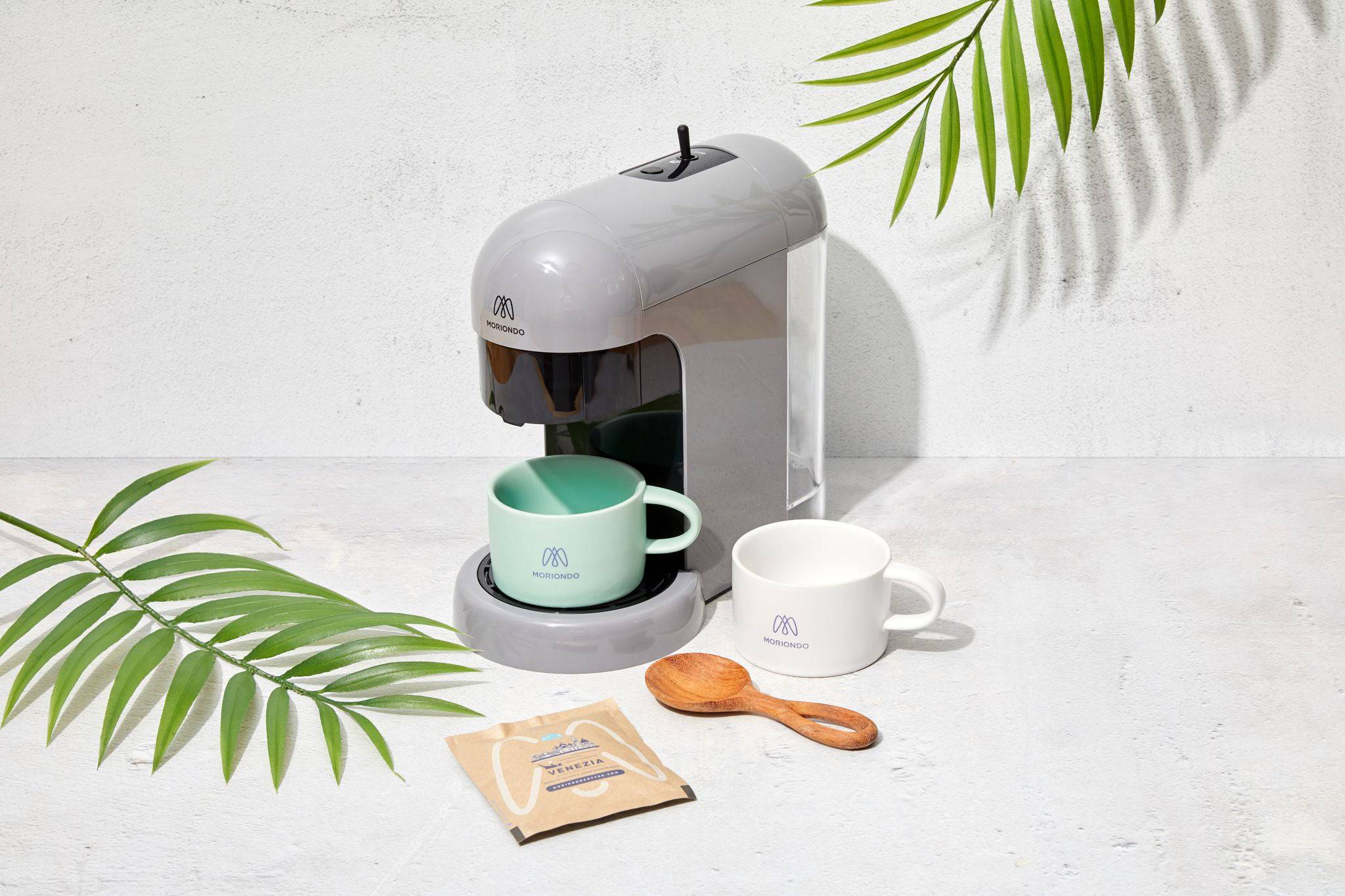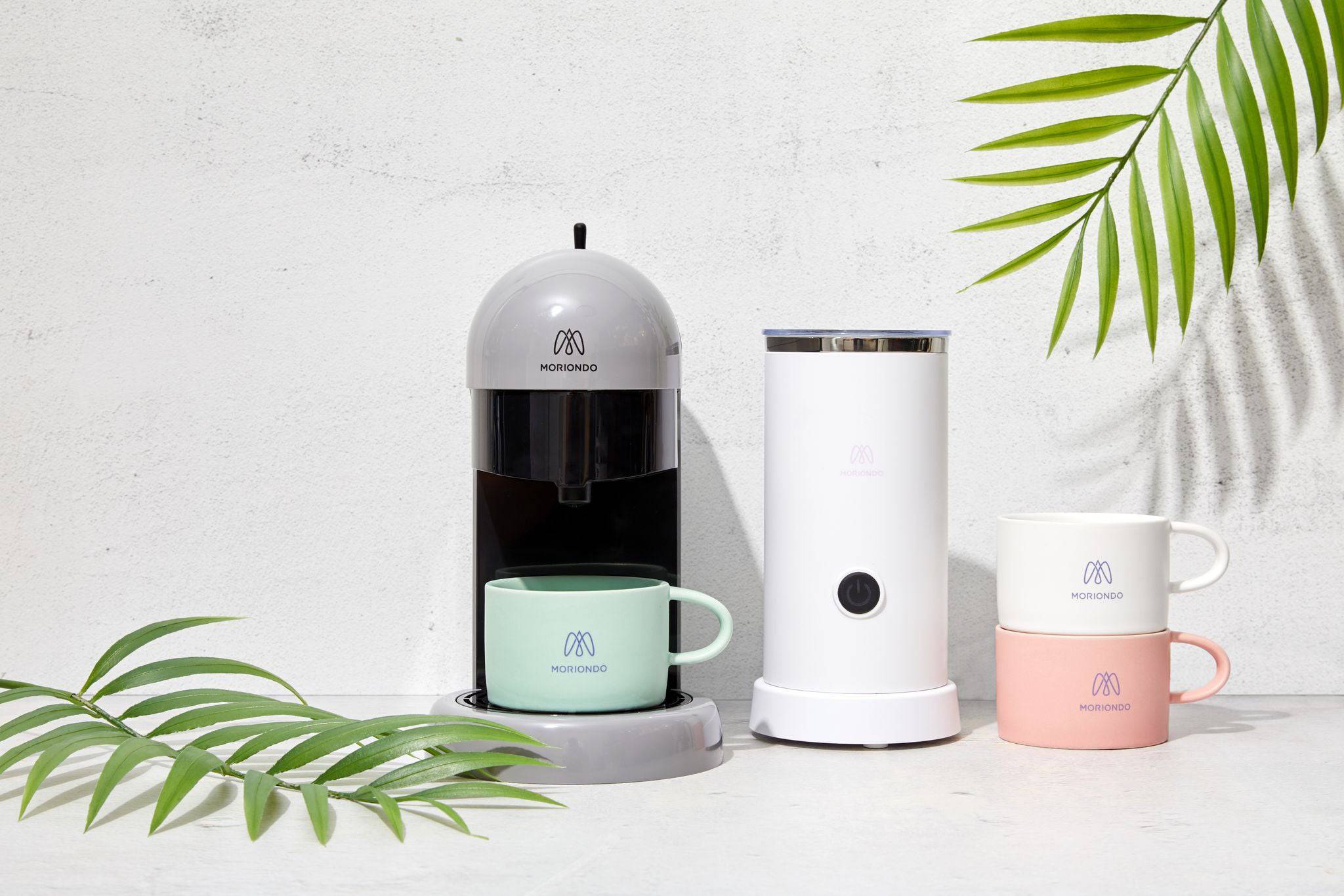Well Being At Work: 8 Great Ideas to Improve it
Table of Contents
- Why is well-being at work important?
- What do workers look for in wellness programs?
- How to bring wellness to the workplace
- Wellness activity ideas
- 1. Provide healthy snacks and beverages
- 2. Encourage regular breaks and stretching
- 3. Offer flexible work arrangements
- 4. Organize wellness challenges and competitions
- 5. Provide resources for mental health support
- 6. Host on-site fitness classes and workshops
- 7. Create a designated relaxation space
- 8. Active meetings
- Conclusion
When you consider the happiness, health and wellbeing of your workforce as an employer, you need to understand just what it is about their career that makes them satisfied. However, you also need to take into account their physical health and mental health.
Employee wellness in the workplace extends beyond the offering of nice health insurance plans.
Although benefits are essential, you need to take a holistic approach to employee wellness.
Prioritizing well-being in the workplace at the level of physical health and mental health leads to a motivated, powerful company culture along with other perks.
Why is well-being at work important?

A workplace should not be a mundane place where someone merely clocks in and out. Today, the ability to encourage employees demands a work-life balance that extends beyond the paycheck.
Providing opportunities for employee health to have outlets and wellness resources demonstrates that you care about them. You need to develop a company culture that appreciates balance and keeps people physically healthy.
This will encourage employees, increase retention, and simultaneously attracts talent. Wellness in the workplace must not feel comparable to a chore. It needs to be fun. Events like fitness competitions and yoga classes are great avenues to encourage employees to form bonds and get to know one another.
The COVID-19 pandemic took a toll on workplaces and employee health. Many workers who were once physically healthy require resources for wellness to escape workplace stress and burnout more than ever as they deal with exhaustion and stress.
Placing an emphasis on workplace wellness, physical health, and mental health, encourages production, and engagement, and prevents turnover to solidify company culture.
What do workers look for in wellness programs?

Prior to integrating mental wellbeing programs in the office, it's essential to understand what workers want out of their job. Due to the fact that every company culture and workplace is unique, there is no one-size-fits-all standard for creating wellness programs. Survey teams to understand the kind of offerings for health and wellbeing initiatives they most desire. This employee engagement data can be gathered through Human Resources, suggestion boxes, and more for the testing of ideas.
In the event that the team is not engaging with the physical and mental health offerings, or there are reports of mental illness, you need to completely rethink the design of your employee engagement wellness program. By taking into account initial feedback, you can ensure employees are informed of health and wellbeing offerings that have the highest chance of mattering to them. Always keep open lines of communication for health and wellbeing initiatives and feedback to guarantee your initiatives serve employees in a worthwhile, long-lasting way.
How to bring wellness to the workplace

The use of support from both internal and external resources for employee engagement is necessary to deliver high-quality workplace wellness and healthy eating. Ask managers to help support the initiatives and mental health challenges, but don't hesitate to bring help from the outside, which may include instructors and consultants.
It's also essential that your physical and mental health initiative falls within a reasonable budget. While there are many health and wellbeing programs that cost next to no money, other activities require financial aid.
This doesn't mean you need to shy away from mental health resources and investments, because these efforts are what will keep your company going.
Wellness activity ideas

Even if certain workplace wellness initiatives cost money, they don't need to be expensive to achieve employee recognition and occupational health support.
What's more, you don't need to completely overhaul your mental wellness offerings at a single time for occupational health support or employee recognition.
Instead, slowly introduce new personal and professional development ideas to discover what works for team members and what is valued most, including for your own health.
In general, workplace wellness initiatives fall under one of three categories, physical, mental, and financial wellness.
1. Provide healthy snacks and beverages

One of the simplest types of corporate wellness program you can offer is to provide healthy eating snacks and beverages in the break room. These healthy snacks and diets can include fresh fruits and vegetables, nuts and seeds, yogurt, and occupational health support from low-sugar beverages such as water, tea, and coffee. By making healthy diet options easily accessible, you can improve employee health by giving employees the ability to make better choices.
2. Encourage regular breaks and stretching

Sitting at a desk for hours on end can lead to a variety of health problems, including back pain, neck pain, and poor circulation. Encourage your employees to take regular breaks throughout the day and stretch their muscles to prevent these issues from arising. You can even offer ergonomic equipment such as standing desks, exercise balls, walking meetings, and footrests to promote better posture and movement while at work to facilitate professional development and overall wellbeing.
3. Offer flexible work arrangements

Many employees struggle to balance their work responsibilities with their personal development, leading to high levels of stress and burnout. By offering arrangements for healthy work life balance such as telecommuting, flexible schedules, or compressed work weeks, you can create an employee assistance programme that managees their workloads and achieve better work-life balance for personal development.
4. Organize wellness challenges and competitions

Challenges and competitions are a great way to motivate your employees to adopt healthy behaviors and make positive lifestyle changes. For example, you could organize a walking or running challenge, a healthy eating challenge, or a mindfulness challenge. Provide incentives such as prizes, gift cards, or extra time off to encourage participation and make the challenge more engaging.
5. Provide resources for mental health support

Mental health issues such as stress, anxiety, and depression are common in the workplace and can have a significant impact on employee well-being and productivity. By offering resources such as an Employee Assistance Program (EAP), counseling services, or stress management workshops, you can help your employees to manage their mental health and reduce the negative impact of stress on their work and personal lives.
6. Host on-site fitness classes and workshops
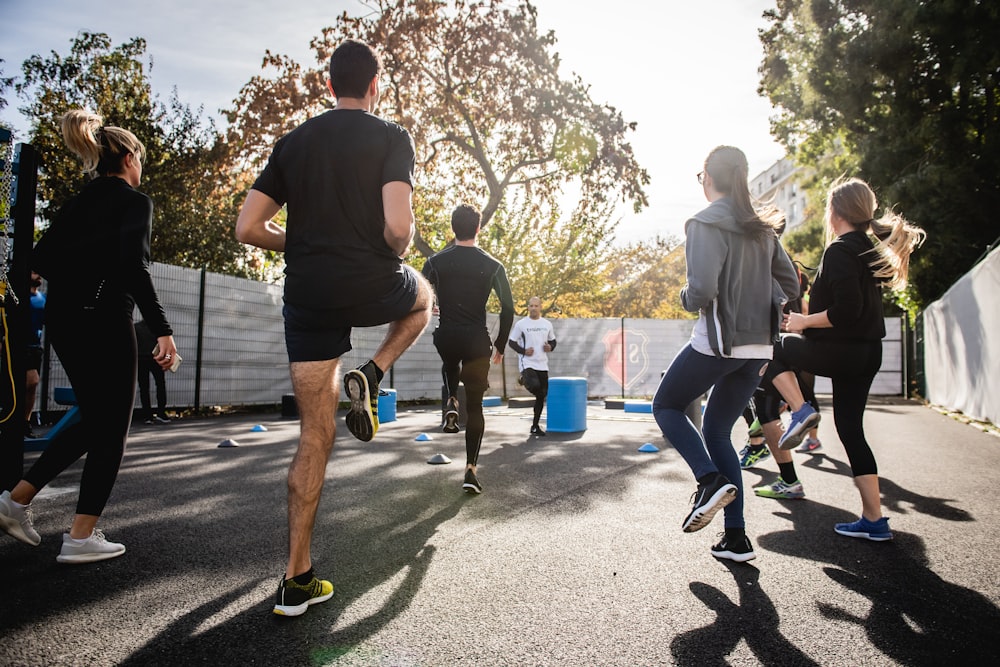
Regular physical activity is essential for maintaining good health, and can also help to reduce stress and improve mood. Offer on-site fitness classes such as yoga, Pilates, or Zumba to provide your employees with an easy and convenient way to stay active during the workday. You could also host educational workshops on topics such as exercise, nutrition, or sleep to provide your employees with the knowledge and tools they need to make healthier choices.
7. Create a designated relaxation space

Creating a designated relaxation space in your workplace can provide your employees with a quiet and peaceful place to recharge and de-stress. This could include a meditation room, a quiet lounge with comfortable seating, or a garden area for outdoor relaxation.
By providing a calm and soothing environment as part of employee benefits, you can help to reduce stress levels and improve overall well-being.
8. Active meetings

When it comes to workplace wellbeing initiatives, meetings don't have to simply exist in a mundane conference room sitting down at a large desk with black chairs. To enhance employee health and wellbeing, consider standing desks or walking meetings.
Standing desks work in the office and out for workplace wellbeing initiatives, as they keep employees mobile to support health and wellbeing. Walking meetings serve a similar purpose, and keep the blood flowing when considering new ideas. A walking meeting contributes to employee happiness, a way to promote benefits, workplace wellbeing initiatives, and enhance employee productivity.
Conclusion

In conclusion, there are many workplace wellness activity ideas for improving mental health, reducing workplace stress, and encouraging employees that you can implement in your organization to support your employees' health and well-being.
By providing healthy snacks and beverages, encouraging regular breaks and stretching, offering flexible working hours, organizing wellness challenges and competitions, providing resources for mental health support, hosting on-site fitness classes and workshops, and creating a designated relaxation space, you can help to create a happier, healthier, and more productive workplace culture that will promote wellness and happier employees.
Good Tasting Coffee: How to Identify Coffee Flavors

In order to appreciate the different types of coffee available, it's important to cultivate an awareness of its unique characteristics. Let's take a look at the way coffee connoisseurs judge different cups of coffee.
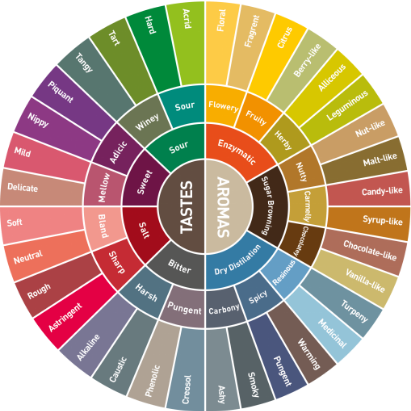
Aroma
The scent of a cup of coffee has a direct influence on how we perceive its flavor. As you drink coffee try to notice if the scent is smoky, fruity, earthy, spicy, nutty or grassy.
Acidity
One of the most defining characteristics of a cup of coffee is its acidity. This is the sharp, bright tangy quality of coffee that perks up our senses. Coffee doesn’t necessarily contain just one type of acid, either. It may contain citric acid, malic acid (fruity in flavor) or even quinic acid from stale coffee, which gives us stomach aches.
Body
This is the weight, thickness and texture of coffee in your mouth. The body of different types of coffee falls on a spectrum of light- to full-bodied viscosity (thin to thick).
Flavor
This is where comparisons come in handy and there is some overlap between aroma and flavor. Your coffee might taste bitter, sweet, savory or sour with common comparisons to chocolate, wine or fruit.
Related Posts




